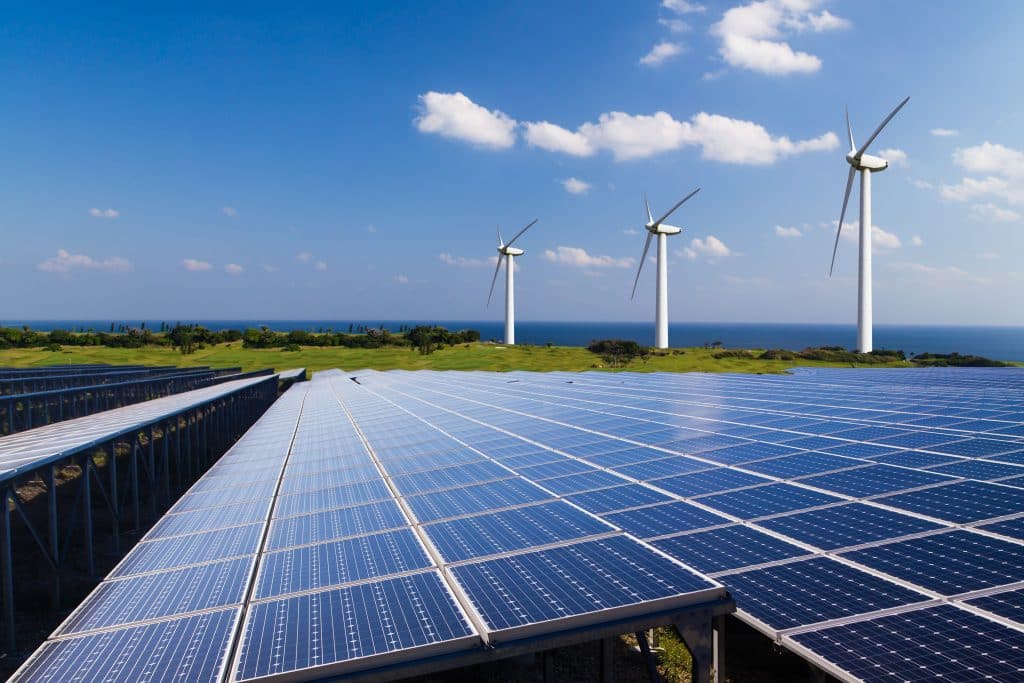In terms of environmental sustainability, the building sector has enormous hurdles. The industry is a major user of natural resources and energy, and it contributes significantly to greenhouse gas emissions that affect the environment. As the globe moves toward a more ecologically friendly future, the building sector must also adapt. In 2023, technology and science will play a key part in this change, providing new solutions to assist the building sector decrease its environmental effect.
View Construction & Engineering Jobs
Smart Glass
Smart glass is a form of glass that can change from transparent to opaque based on how much light and heat it receives. Smart glass is being utilised in windows and facades in the building sector to eliminate the demand for artificial lighting and heating. The system also aids in lowering building energy use, making them more environmentally friendly. Furthermore, smart glass helps to manage a building’s temperature, making it more comfortable for its residents.
Green Roofs
Green roofs are roofs that are covered with vegetation such as grass or plants. The technique aids in minimising the amount of heat absorbed by a structure, hence reducing the demand for air conditioning. Green roofs also assist to minimise the amount of runoff created by a building, lowering the danger of floods and increasing water quality in neighbouring streams and rivers. Furthermore, green roofs serve as a habitat for animals, making them a vital element of the fight to conserve biodiversity.
Renewable Energy
Renewable energy is energy created from naturally replenishing sources such as the sun, wind, and water. Renewable energy is being utilised to power buildings in the construction sector, decreasing dependency on fossil fuels and greenhouse gas emissions. Solar panels, for example, are used to create energy, wind turbines to generate power, and geothermal systems to heat and cool buildings. The utilisation of renewable energy helps to lower the construction industry’s carbon footprint, making it more ecologically friendly.






















